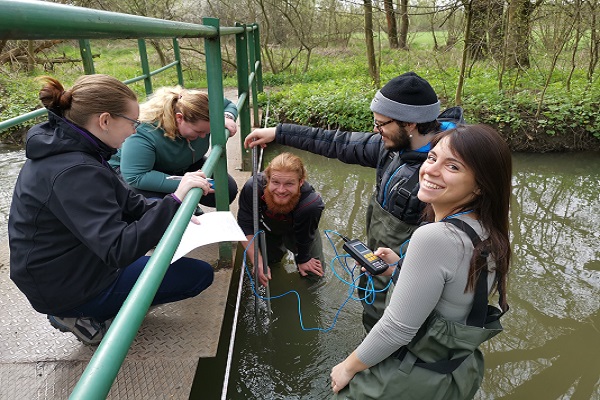1. The content of the scientific field, the relationship of ecology to the issue of environmental sciences,
historical development of ecology.
2. Basic terminology. Relationships between organisms and abiotic environment, tolerance,
adaptation, ecological niche, differences between unitary and modular organisms
3. Properties of populations, definition of basic parameters of population dynamics.
4. Intra-population interactions, intraspecific competition, asymmetric action
competition, types of competition. Territoriality.
5. Possibilities of using mathematical models of intraspecific competition, their input
assumptions, biological interpretation. Changes in the number of individuals over time.
6. Interspecies, interpopulation interactions, overview, characteristics.
7. Interspecies competition, principle of competitive exclusion, shift of characters, overview
basic models.
8. Predation. Coevolution of predator and prey, specialization. Functional answer
predator on the density of prey. Refuge. Overview of basic models.
9. Mutualism. Saprotrophism. Population life strategies - r and K-strategists.
10. Community and its structure, boundaries. Trends in the study of communities,
paradigm shift. Biological complexity.
11. Species diversity (diversity), ways of its evaluation, factors that make it
affect.
12. Ecological succession, colonization of islands and demarcated areas.
13. Energy flows in the biosphere. Movement of substances in the biosphere, basic nutrients.
historical development of ecology.
2. Basic terminology. Relationships between organisms and abiotic environment, tolerance,
adaptation, ecological niche, differences between unitary and modular organisms
3. Properties of populations, definition of basic parameters of population dynamics.
4. Intra-population interactions, intraspecific competition, asymmetric action
competition, types of competition. Territoriality.
5. Possibilities of using mathematical models of intraspecific competition, their input
assumptions, biological interpretation. Changes in the number of individuals over time.
6. Interspecies, interpopulation interactions, overview, characteristics.
7. Interspecies competition, principle of competitive exclusion, shift of characters, overview
basic models.
8. Predation. Coevolution of predator and prey, specialization. Functional answer
predator on the density of prey. Refuge. Overview of basic models.
9. Mutualism. Saprotrophism. Population life strategies - r and K-strategists.
10. Community and its structure, boundaries. Trends in the study of communities,
paradigm shift. Biological complexity.
11. Species diversity (diversity), ways of its evaluation, factors that make it
affect.
12. Ecological succession, colonization of islands and demarcated areas.
13. Energy flows in the biosphere. Movement of substances in the biosphere, basic nutrients.
